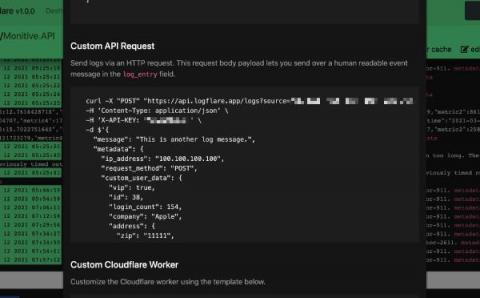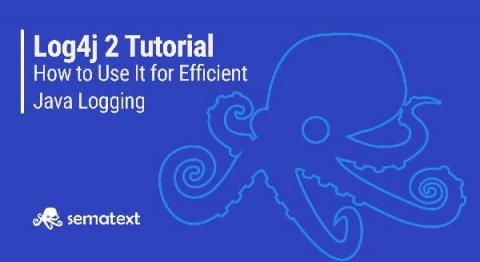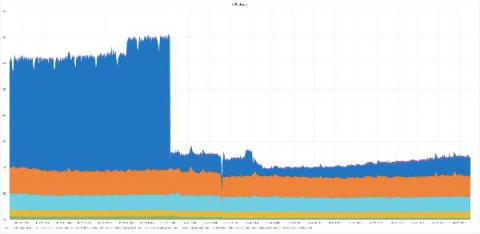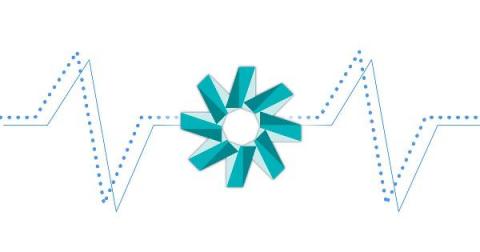How to monitor website availability
“100% website availability.” Which webmaster would not want to see this availability report? Every website owner would like their website available for users to be 99.9% all of the time. Without a website that is accessible and running smoothly at any time of day, all web-related investments will go to waste. That is why website availability monitoring is so important.











